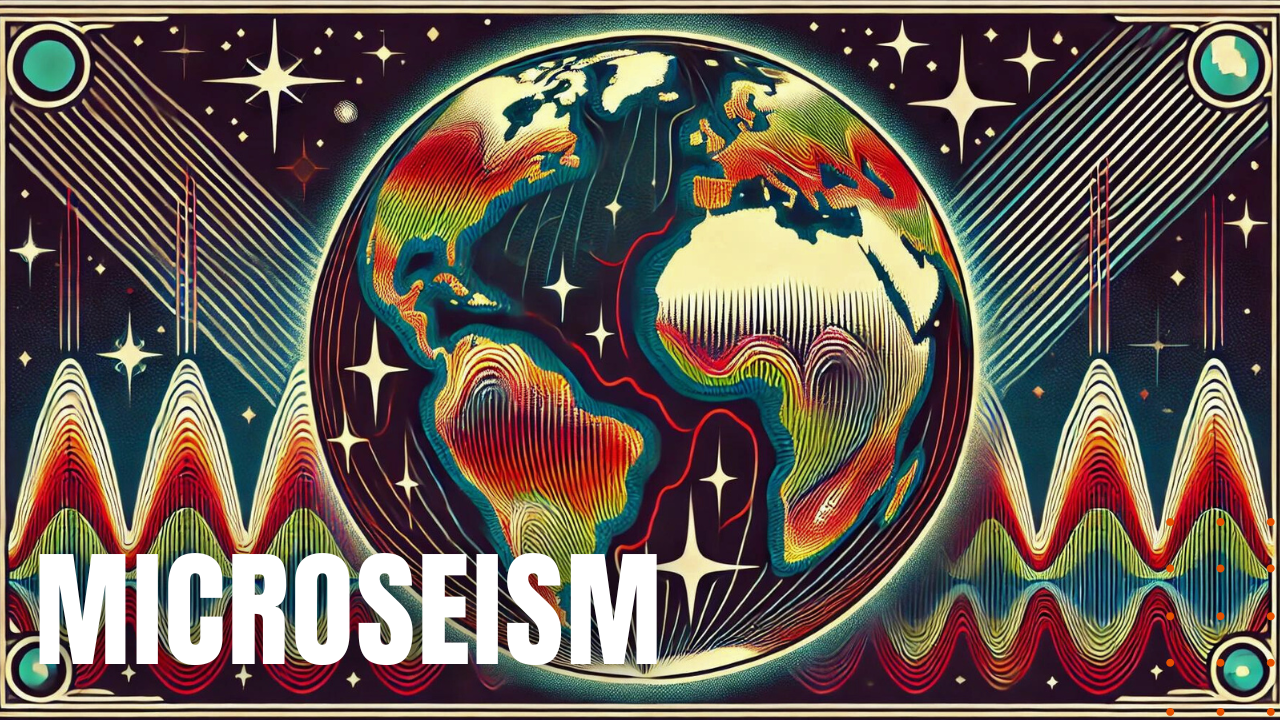Microseism: A Heartbeat in the Earth

Known for his later work in plate tectonics, in 1961, geologist Jack Oliver detected a steady pulse in the earth known by seismologists as a microseism, which repeated itself every 26 seconds without fail—much like the beating of the human heart. He also figured out that the heartbeat was coming from somewhere in the southern or equatorial Atlantic Ocean, which grew substantially stronger during the southern hemisphere’s winter months. In 1980, geologist Gary Holcomb added to the mystery when he discovered that the earth’s heartbeat grew stronger during storms, while in 2005, using much more advanced seismographic instrumentation than Oliver’s earlier paper tracings, Greg Benson triangulated the pulse’s location to a single source in the Gulf of Guinea, off the western coast of Africa.
Seismic Swiftie Concerts
While seismic events and noises emitting from the earth are a daily and quite common occurrence caused by geologic, volcanic, meteorologic and human activity—even a Taylor Swift concert—the regularity of the pulse emitting from the Gulf of Guinea has caused much debate among geologists regarding its causal origins. One camp points to ocean currents and waves caused by the sun, pointing to the fact that the sun heats the Earth more intensely at the equator than it does at the poles, which generates storms, winds and ocean currents, and when those currents transfer their energy against continental shelves or a solid land mass, they vibrate their energy in the form of seismic noise, resulting in pulses of consistent repeatability.
Pinpointing the Pulse
Adding to the debate, in 2013, postdoc student Garrett Euler of Wash U in St. Louis narrowed the source of the pulse to a location in the Gulf of Guinea known as the Bight of Bonny, which is suspiciously close to a dormant volcano on the island of São Tomé, igniting a second origin theory posed by a team led by Yingji Xia from the Institute of Geodesi and Geophysics in Wuhan, China. Pointing to the São Tomé volcano as the source, the group cited the Asso volcano in Japan, which also emits a similar yet weaker repeatable microseism. While no consensus yet exists among geologists, seismologists, oceanographers and volcanologist, the steady pulse emitting from the Bight of Bonny stands as a vivid example of phenomena we’ve yet to understand about our planet and the cosmos, making Earth’s pulsing heartbeat, a work in progress in the ongoing march of scientific discovery.
